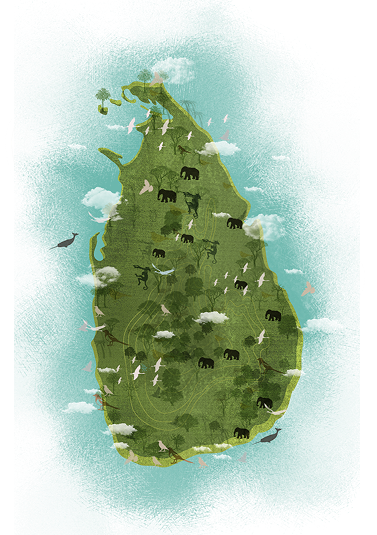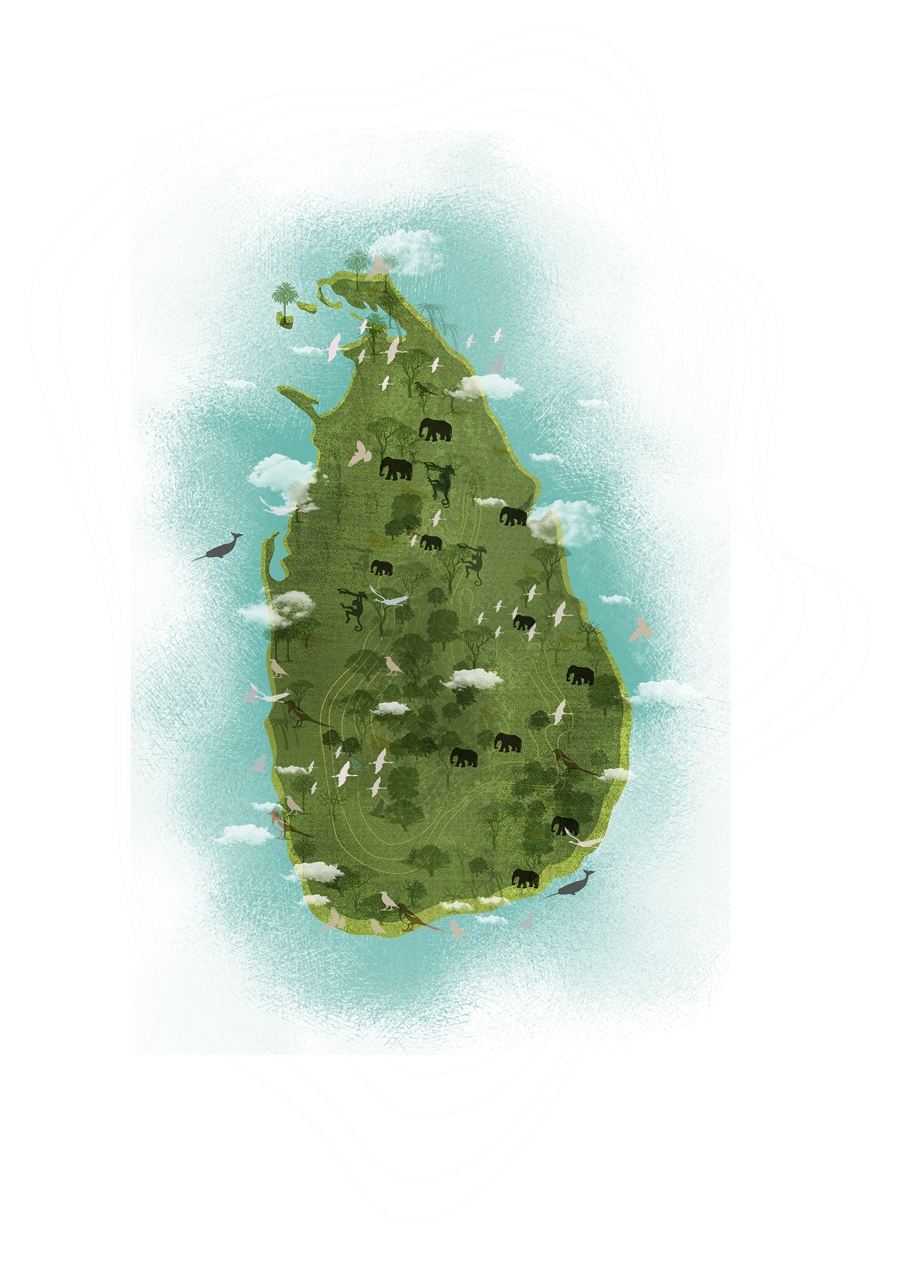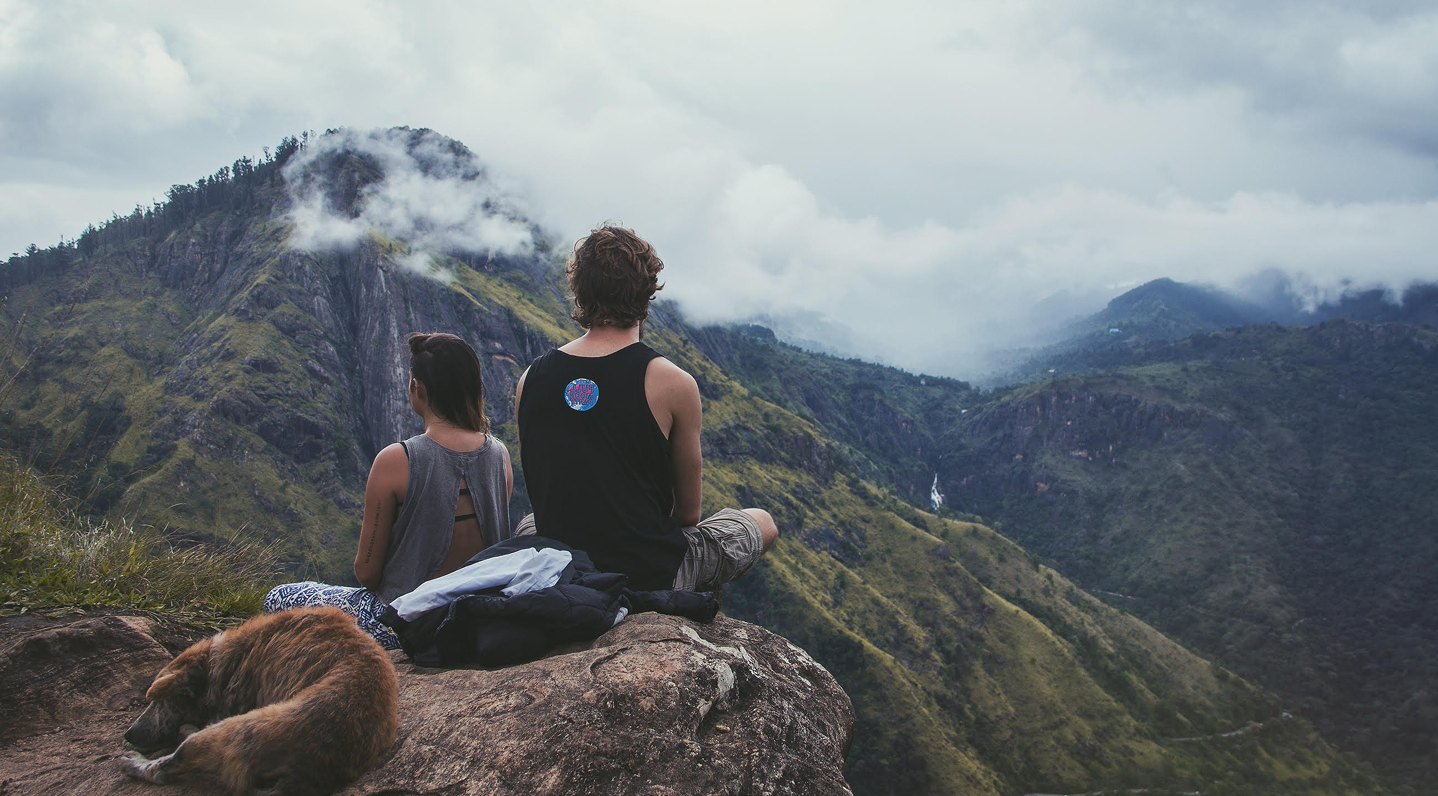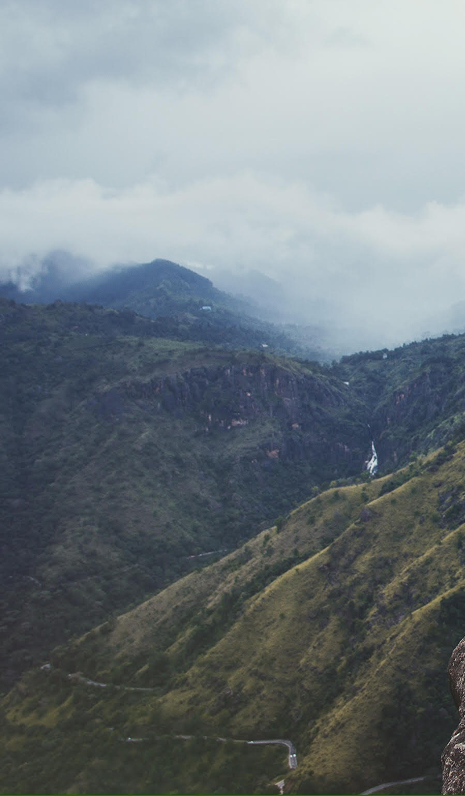Why visit Sri Lanka, an island so small, yet so endlessly captivating? The answer begins with its astonishing diversity. Few places in the world offer such richness of experience, all contained in the quiet heart of a single island. This is a land where ancient civilizations, wild landscapes, and age-old traditions coexist in perfect balance.
Sri Lanka’s cultural heritage stretches back thousands of years. Cities like Anuradhapura and Polonnaruwa rise in silent splendour, their towering stupas and stone palaces echoing the grandeur of forgotten kingdoms. Not far from these sites, in the island’s central wilds, elephants move in seasonal gatherings through grasslands and forest corridors, while leopards prowl the rocky edges of sanctuaries hidden in the hills. These animals do not walk through the ruins themselves, but they roam the same landscapes, reminding us that nature and history are deeply entwined here.
If you’ve ever wondered why you should visit Sri Lanka, it is because no other destination brings you this close to both the wild and the sacred. From mist-draped tea country to golden coastlines teeming with marine life, from sacred temples glowing in candlelight to rainforests alive with birdcall, Sri Lanka invites you to explore a world where every moment resonates with meaning.
This is why Sri Lanka continues to captivate travellers, time and again. It is not just a place you visit, but a story you become part of. A journey into something far older, richer, and more alive than you ever expected.
Sri Lanka may be small in size, but it holds a vast and wondrous natural world within. From rainforest canopies alive with birdsong to the ocean depths where whales glide through sapphire waters, this island is one of the world’s richest havens for wildlife. Its extraordinary biodiversity, much of it found nowhere else on Earth, flourishes in landscapes both lush and untamed.
Elephants roam ancient forests, leopards stalk the shadows of rocky outcrops, and rare amphibians thrive beside rushing mountain streams. Here, nature is not merely observed. It is felt in every sound, scent, and still moment of the wild.










25° Centigrade in the Lowlands
15° Centigrade in Nuwara Eliya (Altitude 1800m)
2,500 MM to over 5,000 MM in the wet zone (Southwest)
Less than 1,250 MM in the dry zone
2,500 MM to over 5,000 MM in the wet zone (Southwest)
Less than 1,250 MM in the dry zone
Sinhala 74% | Tamil 18%
Moor 7% | Other 1%
9 provinces | 25 Districts
256 Divisions | 160 electorates
Sinhala & Tamil are Native Languages
English is Widely Spoken
GMT +5hrs 30mins
In the heart of Sri Lanka, a sacred triangle anchors the island’s cultural soul. Its three points, Anuradhapura, Polonnaruwa, and the mist-veiled hill city of Kandy, are historic sites that hold centuries of kingship, devotion, and artistic brilliance, woven into the stone, earth, and spirit of the land.
Anuradhapura and Polonnaruwa, once flourishing capitals of Sinhalese civilization, now stand in quiet grandeur. Towering stupas, intricately carved statues, and timeworn palaces still echo the sophistication of a bygone era. Despite centuries of invasions and upheaval, these ancient cities remain timeless, preserving the sacred essence of Sri Lanka’s royal and religious heritage.
As kingdoms rose and fell, the central highlands became a final refuge for Sinhalese royalty. Kandy, cradled by forested hills and mountain air, emerged as a center of resilience and tradition. The city continues to hold deep spiritual significance as the guardian of the Temple of the Tooth Relic, known as Sri Dalada Maligawa, where a sacred fragment of the Buddha is enshrined. Each year, Kandy comes alive during the Esala Perahera, a dazzling celebration of faith and history, with drummers, dancers, and elephants parading in vibrant reverence.
Across the cultural landscape, monastic traditions remain unbroken. Monks upheld their sacred duties through centuries of change, ensuring the continuity of spiritual life. The cave temples of Dambulla are among the most awe-inspiring monuments to this devotion, with walls cloaked in ancient frescoes and hundreds of statues watching in serene silence. Nearby, Aluvihara in Matale whispers of quiet scholarship and resilience, where monks once committed sacred teachings to written form.
Kandy’s surrounding hills are dotted with ancient temples and home to the venerable Asgiriya and Malwatta chapters, whose influence continues to shape the country’s Buddhist identity. These highlands preserve much of Sri Lanka’s cultural character, where rituals and customs from medieval times still thrive in everyday life.
Further east, the wilderness near Mahiyangana is home to the Veddas, Sri Lanka’s aboriginal people. Living in forested enclaves and ancestral lands, the Veddas continue to honour their age-old customs, oral traditions, and deep connection to nature. Their way of life, shaped by centuries of harmony with the environment, offers a rare and respectful glimpse into one of the island’s most enduring cultural lineages.
To witness Sri Lanka’s culture is to enter a living story. Every sacred site, every festival drumbeat, and every whispered prayer reveals a land where the past and present are bound together, and where tradition continues to thrive in the everyday.


Sri Lanka is a land of contrasts, where golden beaches meet misty highlands and every journey stirs the senses. Yet for all its beauty, the island’s tropical climate, rich cuisine, and vibrant culture can be a shift from the familiar. Consider your fitness level and travel experience when planning. If you’re new to tropical travel, a slower-paced itinerary may offer a more rewarding experience.
Many eco-friendly hotels across the island serve as ideal bases, offering a balance of comfort, cuisine, and access to adventure. Let your journey leave you inspired, not overwhelmed.